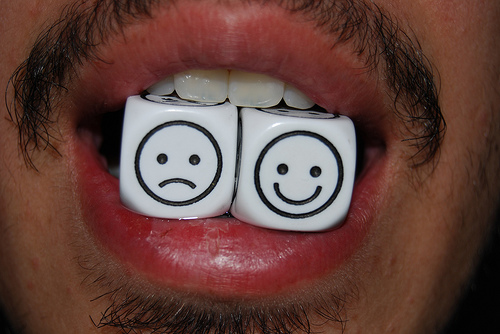
General Features Of Manic Depression
Bipolar disorder, which is also called as manic depression, is a mental disorder comprising of extreme shifts in mood. During the manic phase of the disease, the patient feels that he is on top of the world. And during the depression phase, the patient can spend weeks together in extreme depression. The length and the severity of both the phases vary from one individual to another. Apart from the mood swings, patients of bipolar disorder often suffer from a disturbed thinking process. Their perception of things around them may be distorted and their social functioning may be impaired. Bipolar disorder is a serious medical condition best dealt by experienced psychiatrists.
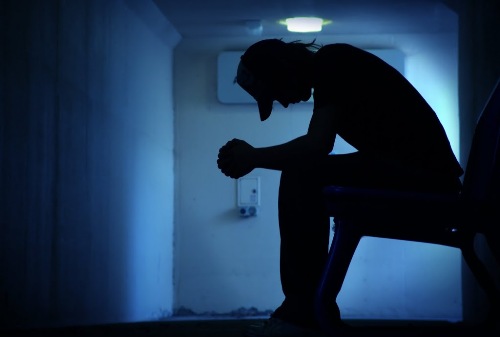
Symptoms Of The Patient During The Depressive Phase
The depressive phase in a patient suffering from bipolar disorder may last from a few weeks to months altogether. If not treated at the right time, the depression may lead to serious consequences. Some of the common symptoms of this phase are: • Persistence sadness • Loss of interest in hobbies • Loss in surroundings • Withdrawal from friends • Low energy levels • Feeling of irritability • Feeling of guilt • Self-pity • Change in eating habits leading to a loss or gain in weight • Decreased concentration • Impaired decision making • Sleep disturbances • Pain in different body parts not responding to standard pain killers • Suicidal tendencies • A feeling of anxiety • Listlessness
- Important notification about information and brand names used in this slideshow!
- Photo courtesy of New Media Ba by Picasa : lh3.googleusercontent.com/-XQs2hufewcU/TYcnHIpPmjI/AAAAAAAAHw4/U2G1JrNJ06c/s1024/depresija.jpg
- medicalcenter.osu.edu/patientcare/healthcare_services/mental_health/mental_health_about/mood/bipolar_disorder/Pages/index.aspx
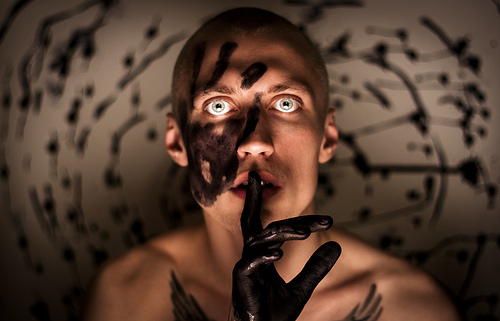
Symptoms Of The Patient During Manic Phase
During this phase of bipolar disorder, the patient experiences extreme euphoria and feels on top of the world. Some of the common symptoms seen in the patient during the manic phase include: • A sense of over-confidence • The patient gets distracted easily • Increased irritability • Reduced sleep • Feeling of “high” that lasts for a long time • The patient is often agitated and can get combative at the slightest provocation • He is very talkative during this phase • Increased libido • The patient may get involved in dangerous activities like reckless driving or trying drugs just for a kick • Brimming with energy • Poor judgment • Fleeting thoughts When a patient suffers from one or more of these symptoms every day for more than a week, he is said to be suffering from a manic episode.
- Important notification about information and brand names used in this slideshow!
- Photo courtesy of Andrew Dyakov by Flickr : www.flickr.com/photos/andrew_bro/8769948433/

Bipolar I Disorder
A diagnosis of bipolar I disorder is made when the patient has suffered from one or more manic episodes. Although it is not necessary for the patient to have suffered from a depressive episode for the diagnosis of bipolar I disorder to be made, most of the patients have suffered from at least one such episode before they seek medical help. Bipolar I disorder can be further sub-categorized into various groups depending upon the number of episodes that the patient has had and the nature of the last episode. It is also important to rule out other causes of manic episodes like drug abuse, effect of some toxin or medication, or a clinical mood disorder, before labeling a patient as someone who suffers from bipolar I disorder.
- Important notification about information and brand names used in this slideshow!
- Photo courtesy of Helga Weber by Flickr : www.flickr.com/photos/helga/3902608427/
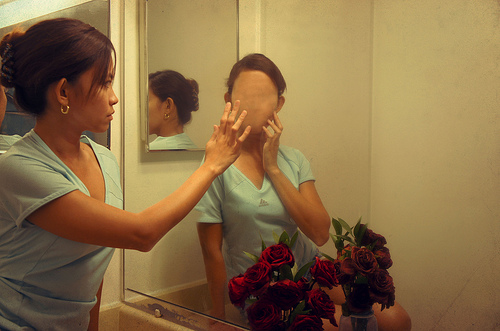
Causes Of Bipolar Disorder
Although it still isn’t very clear what causes bipolar disorder, it has been hypothesized that the condition results from the fluctuation in the levels of various brain chemicals like serotonin, norepinephrine, and dopamine. Among the other causes, hereditary component is the one that is most commonly implicated. In case there is a positive family history of bipolar tendency, the risk of developing the condition becomes higher. Hormonal imbalances in the body are also believed to cause bipolar disorder. Some people have suggested that certain physical changes in the brain may be responsible for the development of bipolar disorder although it has never been proven.

Risk factors for developing bipolar disorder
As the cause behind the development of bipolar disorder is still not known, it is difficult to predict the risk factors for the condition. It has been seen that bipolar disorder usually develops in the late teens or early adulthood. Almost 50% of the cases of bipolar disorder are diagnosed in people younger than 25 years of age. So, young age can be counted as a risk factor for the development of this condition. Similarly, it has been seen that frequency of bipolar disorder is more in people who have a family member already suffering from it. This is especially true in case of first degree relatives.
- Important notification about information and brand names used in this slideshow!
- Photo courtesy of Adam Burt by Flickr : www.flickr.com/photos/aburt/32955542/
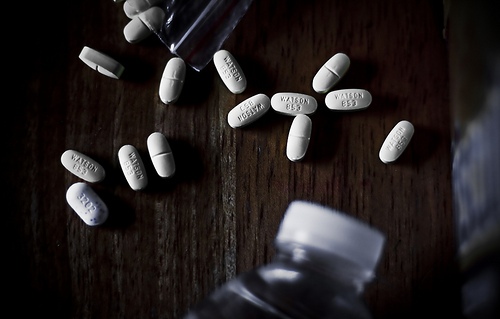
Substance Abuse Is Common In People Suffering From Bipolar Disorder
Statistics reveal a frightening correlation between substance abuse and bipolar disorder. Around 60% of patients of bipolar disorder have tried drugs and alcohol on one or more occasions. Patients say that they abuse drugs to relieve themselves from the uncomfortable mood swings. Drug abuse is especially common in patients suffering from the manic phase of bipolar disorder. Although the patients of bipolar disorder abuse drugs to get rid of their symptoms, this may act in just the opposite way and actually prolong them. Moreover, the failure in judgment associated with mania may actually lead the patient to drink or take drugs in quantities far more than he originally intended. This can lead to life-threatening situations at times.
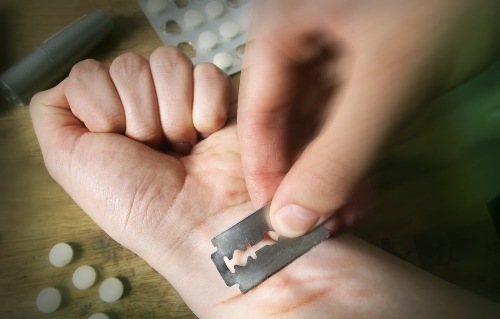
Suicide Risk Is Higher Than Normal In People Suffering From Bipolar Disorder
It has been seen that the risk of committing suicide is 10 to 20 times higher in people suffering from bipolar disorder compared to other people. This risk exists in the manic phase as well as depressive phase of bipolar disorder. In the manic phase, this may be because of indulging in risky behavior while in the depressive phase, this may be a result of feeling of guilt and self-worthlessness. Any patient of bipolar disorder taking about suicide should be taken seriously and the matter should be immediately brought to the notice of the treating physician. The risk of suicide is higher in women compared to men suffering from bipolar disorder. While the chances of committing suicide in such women are ten times higher compared to other women, in men, the chances are eight times higher compared to men who do not suffer from this condition.
- Important notification about information and brand names used in this slideshow!
- Photo courtesy of New Media Ba by Picasa : lh5.googleusercontent.com/-GEHVRacJRE8/TYc3PSGMuhI/AAAAAAAAHxA/NZZWc-W0oNo/s1152/zdravlje%2520pokusaj%2520samoubistva.jpg
- psychcentral.com/news/2013/07/20/bipolar-patients-die-nearly-a-decade-earlier-than-others/57421.html

Treatment Of Bipolar Disorder
The main aim of the treatment for bipolar disorder is to limit the mood swings and their consequences. Medicines used for treating this condition include antidepressant drugs which can stabilize the mood swings in the long run. Antipsychotic and anticonvulsant medicines are also used during the acute phases. In between the manic and depressive phases, the patients are kept on maintenance medicines in order to prevent relapses. Psychotherapy also has an important role to play. The various stress factors in the environment are identified, help is provided to correct the self-distorted vision of the patient and to correct inter-personal relationships. There are times when the patient’s condition warrants the need of electroconvulsive therapy.
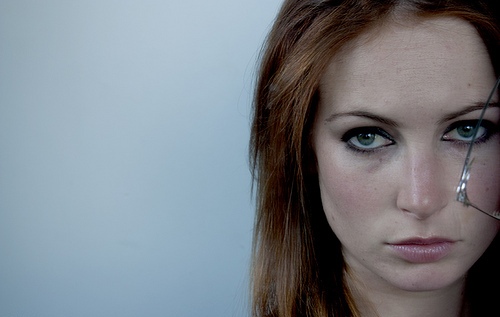
Bipolar II Disorder
Unlike bipolar I disorder which is characterized by manic episodes, in bipolar II disorder, the patient suffers from one or more episodes of hypomania and one or more episodes of mild or major depression. As per the DSM-IV published by the American Psychiatric Association, hypomania differs from mania in the nature of severity of the symptoms. Hypomania is nothing but milder form of mania. But then, this makes the diagnosis of bipolar II disorder difficult as episodes of hypomania often go unnoticed and unreported. Some of the common features of hypomania include decreased need for sleep, euphoria, increased levels of confidence, increased productivity at work, and increased tendency to take risk.



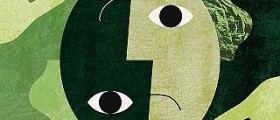


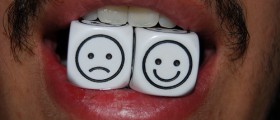
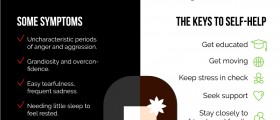
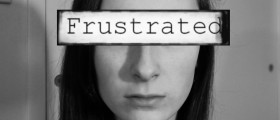
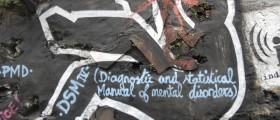












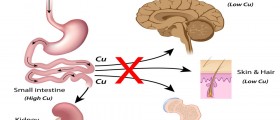
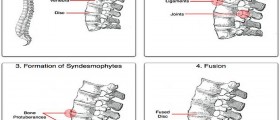



Your thoughts on this
Loading...